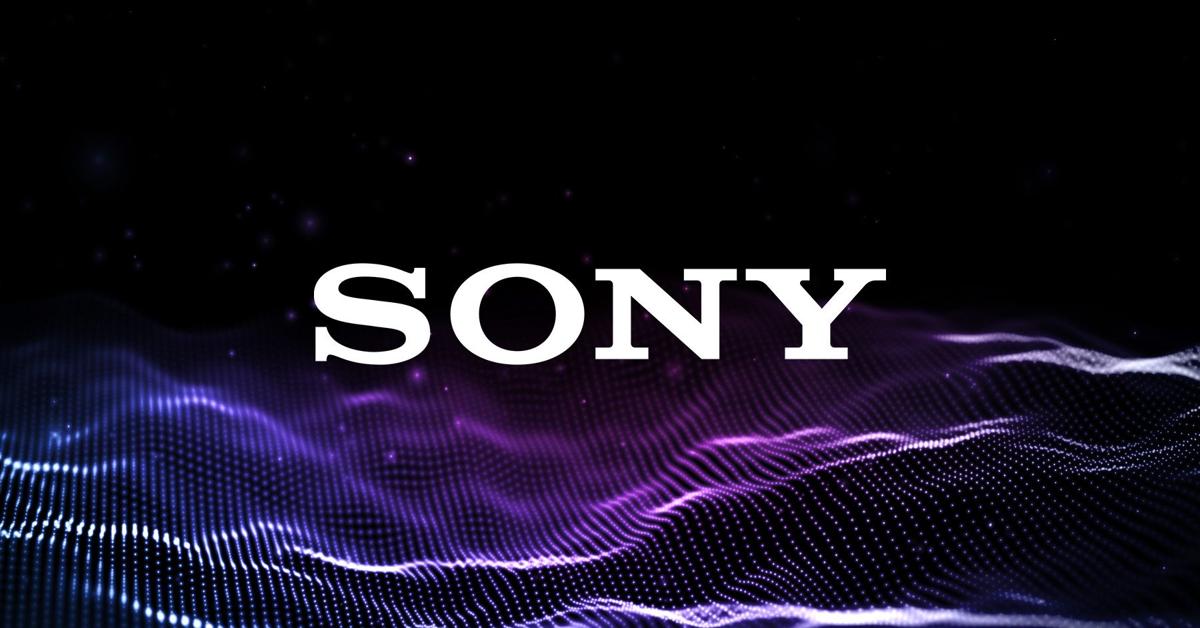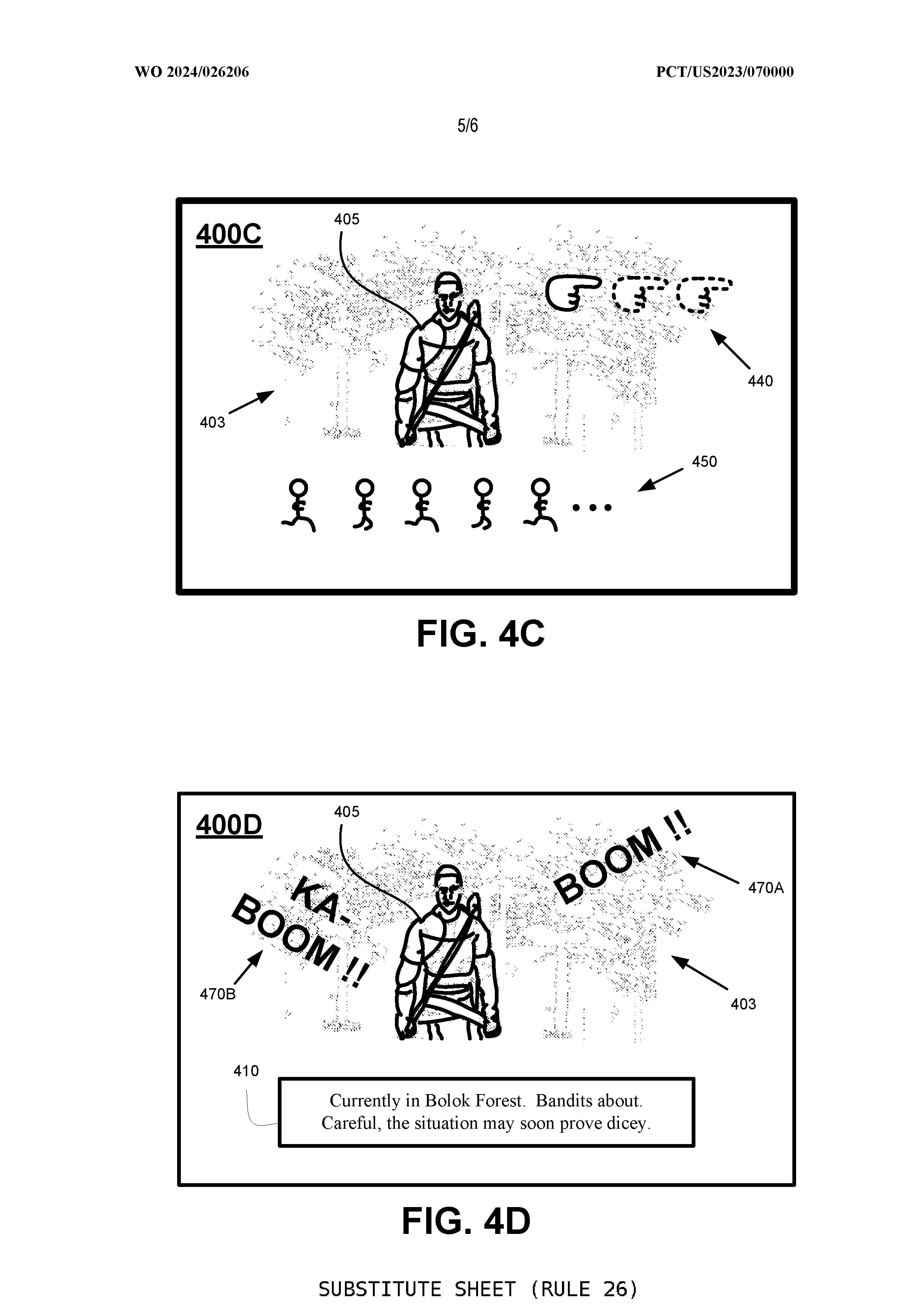Sony recently unveiled two groundbreaking patents that highlight their commitment to developing accessibility systems for hearing-impaired gamers. These innovative inventions showcase Sony’s dedication to inclusivity and aim to enhance the gaming experience for individuals with hearing disabilities. By optimizing these patents for search engine optimization (SEO), we can ensure that this exciting news reaches a wider audience who may benefit from these accessibility systems by Sony.
According to two recently published patents, Sony is working on a new haptic feedback and accessibility overlay system that would help to improve game immersion for hearing impaired players. In recent months, multiple new patents from Sony have revealed the company's in-development projects, granting fans a look behind the scenes at Sony's R&D efforts.
One of the largest global technology companies, Sony provides products and services across a variety of electronics markets and entertainment industries, ranging from televisions to headphones to video games. The company's flagship PlayStation console line has seen a number of improvements over the years, and Sony continues to work on improving gaming hardware and software for its audiences.
Two newly published patents reveal efforts by Sony to develop software that would provide haptic feedback and accessibility overlays to assist hearing impaired players. The software aims to detect "user sentiment," or player responses, and provide supplementary effects to evoke the intended player response. If an audio cue is utilized to encourage a player to act in a particular manner, this software would detect a lack of response by a hearing impaired player, and instead provide a haptic feedback effect to evoke the proper reaction and ensure accessibility through immersion. Other recent patents have revealed that Sony is working to make gaming more accessible with both hardware and software projects. However, it is key to note that companies frequently file patents that are never brought to fruition, so there is no guarantee that the haptic feedback and accessibility overlay features will be made available to consumers.
Sony Haptic Feedback and Accessibility Overlay Patent Details
These software systems would utilize live response processing to determine if players are reacting to in-game effects. In the event that a player does not react, the haptic feedback and accessibility overlays would be triggered and implemented. For example, an action game may utilize audio cues to inform a player that an explosion has happened. Since a hearing impaired player would likely not respond to the cue, such as not swinging the camera around or having their character start running, the Sony system would observe a lack of player reaction and implement the haptic feedback and accessibility overlay. The haptic feedback would get the player's immediate attention and encourage a reaction, while the accessibility overlay would provide visual support, such as closed captioning for audio effects. Similar accessibility developments by Sony have been published, though none have yet been made available.
Click to go to the original news.

